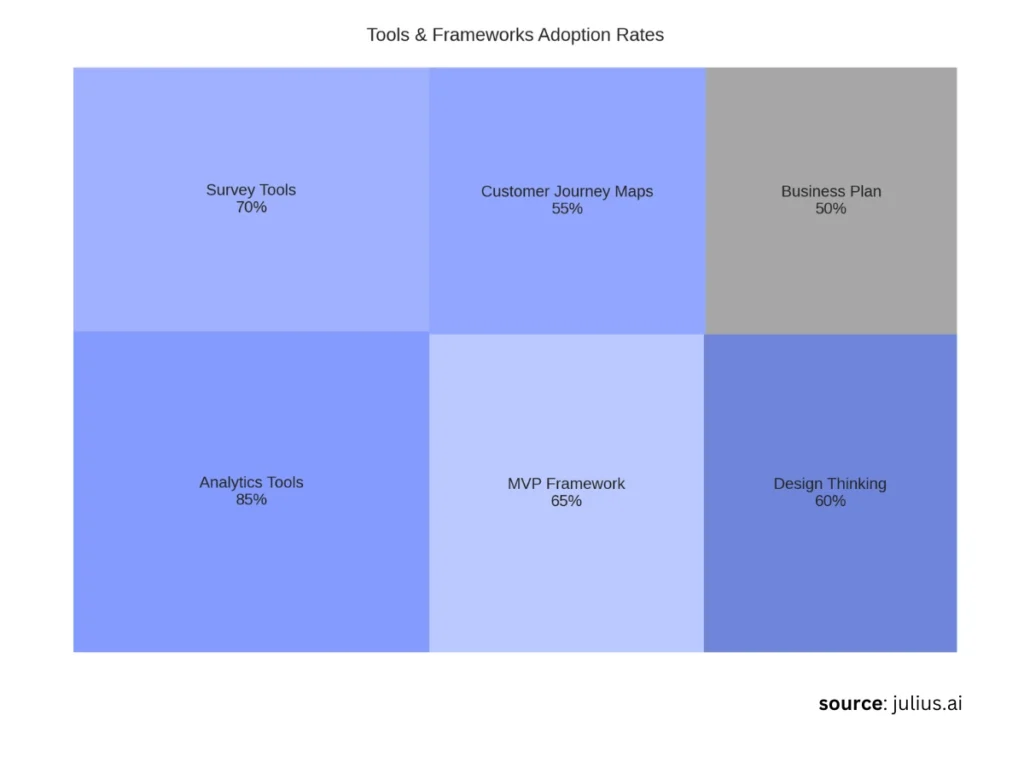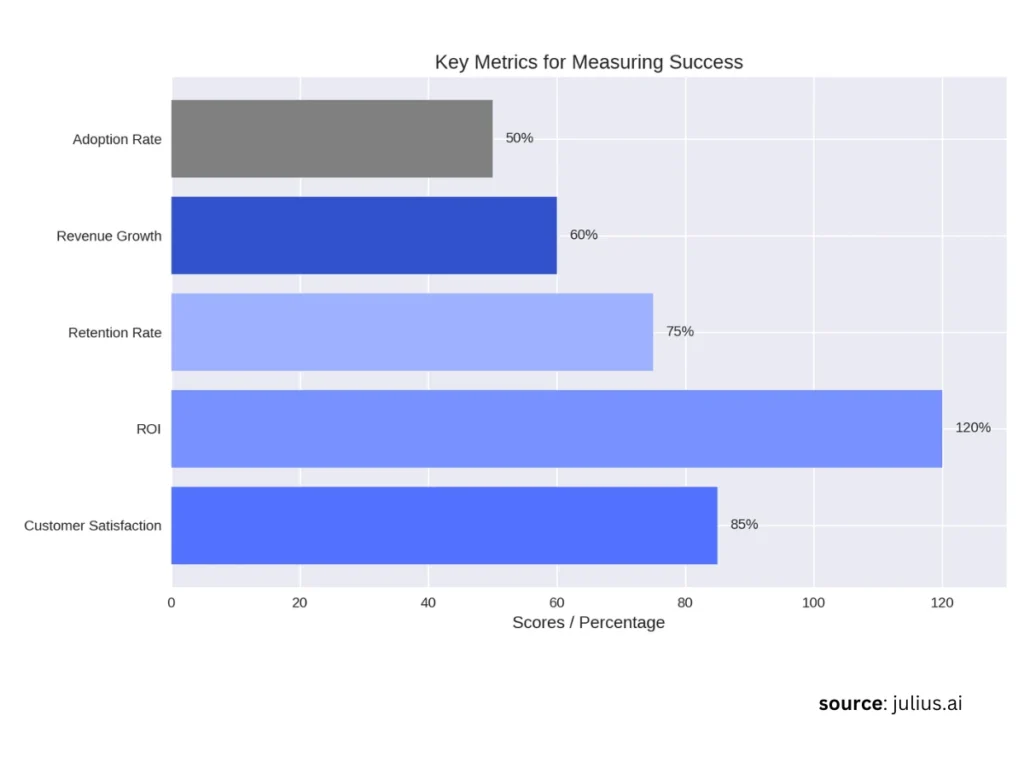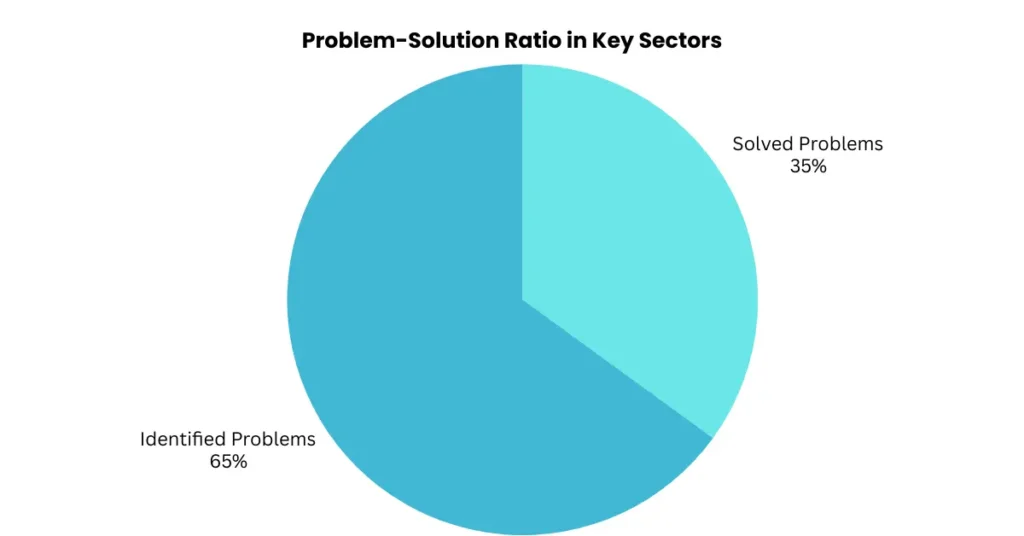India is a diversified country, full of different languages, cultures, and needs. Something that is apt for one place may not even be applicable in another place. So finding the right problem to solve, isn’t a task but something vital for survival and growth.
When you think about starting a business, what is the first thing that comes to mind?
For most, it is the product or service they want to offer.
But here’s a little secret, your product only matters if it solves a real problem for your customers.
That’s where problem-solution fit comes in.
This problem-solution fit isn’t fancy; it just underlines each and every business which succeeds because this means having problems which have some meaning in your target and problems solved should actually be precisely what the targets need.
This guide helps to break down the problem-solution fit step-by-step, something you’ll find helpful at any stage: launching your first business, refining an existing one, identifying real problems, crafting solutions that resonate, and avoiding common pitfalls.
Dive in and build a business that makes a real difference.
What Is Problem-Solution Fit?
It’s about alignment.
Your business solves a problem that, ideally, for a specific group of people, is done in such a way that there is perfect alignment with their needs.
For example, think about the pain points people face every day, these may be cheap ways to get around, fresh groceries, or the means of planning finances. A business that identifies and solves this becomes indispensable.
But problem-solution fit goes a little further than just finding the problems.
It’s validating that your solution is the right solution.
Do the people you could sell to really see the problem the way you do? Is your solution something they want and are willing to spend time and money on?
Here’s why it matters:
- It saves resources: You waste no time creating a solution no one needs.
- It builds trust: When customers can see that you understand their problems, they’re more likely to stick with you.
- It forms the basis of growth: A well-defined problem-solution fit leads to a stronger Product-Market Fit.
Now that we know what problem-solution fit is, let’s decode it further.
Key Elements of Problem-Solution Fit
In order to attain problem-solution fit in true terms, there are three things you should pay attention to:
- Identifying real problems: Your solution is only as strong as the problem it solves. If the problem doesn’t matter to your audience, then neither will your business.
- Creating a meaningful solution: Your product or service should directly address the pain point in a way that’s simple, effective, and accessible.
- Understanding your audience: Knowing who you’re solving the problem for helps tailor your approach and messaging.
Difference Between Problem-Solution Fit and Product-Market Fit
It is easy to get confused about problem-solution fit and product-market fit. However, they are two different stages.
Problem-solution fit is whether your solution works for a specific problem.
Product-market fit comes later and is about scaling your solution to a larger audience.
Think of problem-solution fit as the basis of what gives your business a reason to exist.
Without it, achieving Product-Market Fit becomes almost impossible.
What are some misconceptions surrounding this?
“If I like the idea, others will too.” Your preferences are not indicative of the market’s needs.
“A great product will sell itself.” The best products still need validation and the right audience.
“I don’t need to validate my idea.” Skipping validation is one of the biggest reasons startups fail.
Identifying Problems Worth Solving
But how do we identify them?
Start observing your surroundings. In India, opportunities are in every nook and corner. Think about
Gaps in services: Which areas are already being covered through inefficient solutions or missing?
Untapped audiences: Is there a certain group of people whose needs are never addressed?
Daily challenges: Which issues do most people complain the most about within your industry or community?
It’s about staying curious and paying attention to patterns in people’s behaviours and struggles.
Customer Interviews: Interview potential customers directly. Ask them about the biggest challenges and what they would wish existed in order to make their lives easier.
Surveys and Focus Groups: Use Google Forms or WhatsApp to gather data and leads from a larger group. Keep your questions simple and focused on their needs.
Market Research: Look at industry reports, competitor analysis, and market size to spot recurring pain points.
Social Listening: Pay attention to what people are saying online—on forums, social media, and review platforms.
Once you’ve identified a problem, it’s time to validate it. Ask yourself:
Does it affect a significant number of people?
Are they willing to pay for a solution?
Are existing solutions inadequate or ineffective?
Validation does not have to be expensive. Start small with a few people, a simple survey, or a basic prototype to test the waters.
Building a Solution That Fits
Now that you’ve identified a real problem, the next step is crafting a solution that not only addresses it but does so effectively.
This step is where your creativity and understanding of your audience come into play.
Steps to Build the Right Solution
Start with Empathy
Place yourself in your customer’s shoes and determine what would be expected out of a solution from their perspective, or what kind of frustrations they want to get rid of. That would give you the direction to develop something that’s worth value from them.
Keep it Simple
Your solution does not have to be complicated to impress your audience. Simplicity often wins. It can be an app, service, or physical product. It should be easy to understand and use.
Core Features
Focus on solving your primary pain point first. While additional features could come later, in the start, your solution should directly and effectively address core problems. An example of such an idea of an online tutoring platform is as follows: just start with a couple of subjects instead of immediately trying to get everything covered with your solution at once.
Engage Your Customers
Don’t build in a vacuum. Show your prototype or your early idea to prospects and ask for feedback. Ask them:
Does this solve my problem?
What would you change or improve?
Would you pay for this solution?
Iterate and Improve
Perfecting the solution is an iterative process. You will take feedback and improve and refine your offer. Small improvements often make all the difference for the customer.
India is a unique market. A solution that works for urban customers may need to be adapted for rural areas. Always keep in mind local nuances when designing your solution.
Tools and Frameworks
There are no shortage of tools and frameworks to help you validate and refine your problem-solution fit.
- Business Plan
A one-page business plan that helps you map out your problem, solution, customer segments, and value proposition. It is quick, concise, and perfect for early-stage entrepreneurs.
- Customer Journey Maps
This framework enables you to imagine your customer’s journey from the discovery of the problem, thus finding your solution. It finds pain and opportunities for improvement.
- Design Thinking
The process of solving problems with the inclusion of emphasis on empathy, ideation, and prototyping. Design thinking makes you repeatedly test your solution to satisfy a customer’s expectations.
- Survey Tools
Platforms like Google Forms, SurveyMonkey, and Typeform are great for gathering insights from your target audience. Keep your surveys short and focused on the problem you’re solving.
- Minimal Viable Product (MVP)
An MVP is a basic version of your product that only includes the must-have features. With this, you can test the waters without too much invested time or money.
- Analytics Tools
User behaviour can be tracked via tools like Google Analytics or Hotjar. Are visitors spending time on your website, or are they leaving in quick time? Is the user converting by signing up or buying on the website?

Of course, tools are important but do not undervalue offline validation. Hold focus groups, visit local markets, and ask people. In India, it is generally more valuable to engage with people face-to-face rather than taking online surveys.
Measuring Success
Now that you have designed and implemented your solution, how will you know that it works?
It is beyond profit; instead, it focuses on the point where your solution will solve a problem effectively to provide value to customers.
Key Metrics to Track
Customer Adoption Rate
Are customers actually using the product or service? A higher adoption rate proves that your solution strikes a chord with your desired target market.
Customer Satisfaction
Feedback is your best friend. Use surveys, online reviews, and direct conversations to understand if your customers are happy. Net Promoter Score (NPS) is a simple metric that shows how likely customers are to recommend you to others.
Problem Resolution Rate
Does your solution solve the problem fully, in part, or not at all?
Retention Rates
It’s nice to get the customers, but can you retain them? How do retention rates reflect whether the solution continues delivering value over time?
Revenue and Profitability
Not the best metric, certainly, but your business needs financial success. Monitor growth in revenue and profit margins with customer acquisition costs so that a business is viable.
If your metrics aren’t where you want them to be, don’t panic. Use them as a learning opportunity. What feedback are you getting? Are there features you can improve or remove? The key is to stay adaptable and keep refining your solution.

Conclusion
You will achieve long-term success by understanding real problems in the markets, creating suitable solutions, and measuring your influence.
Remember the journey does not end at merely identifying a fit because the markets evolve, their needs change over time, as well as increases in competition do.
Your competence to adapt while continually improving dictates your success.
With the right mindset toward solving real problems in your entrepreneurial journey in India, you can make all the difference.
We can’t wait to see the incredible solutions you will bring to life.

